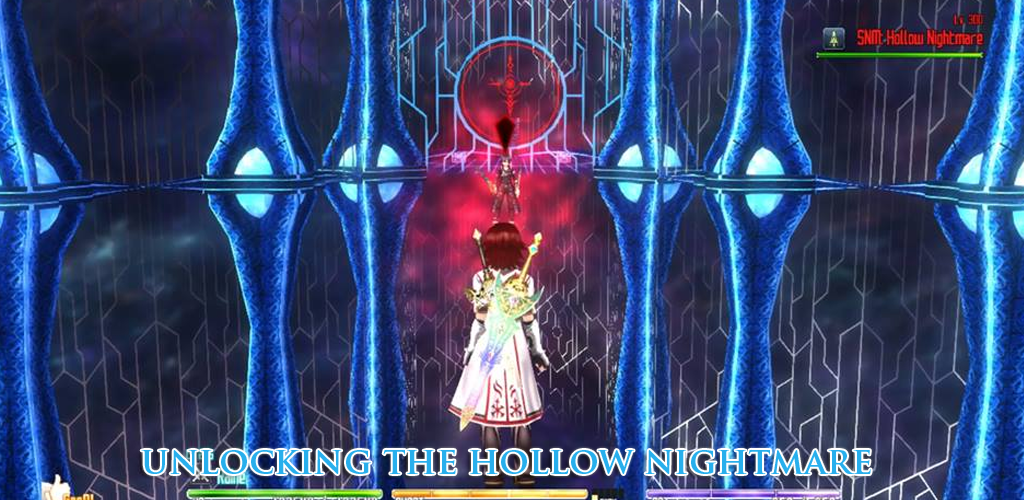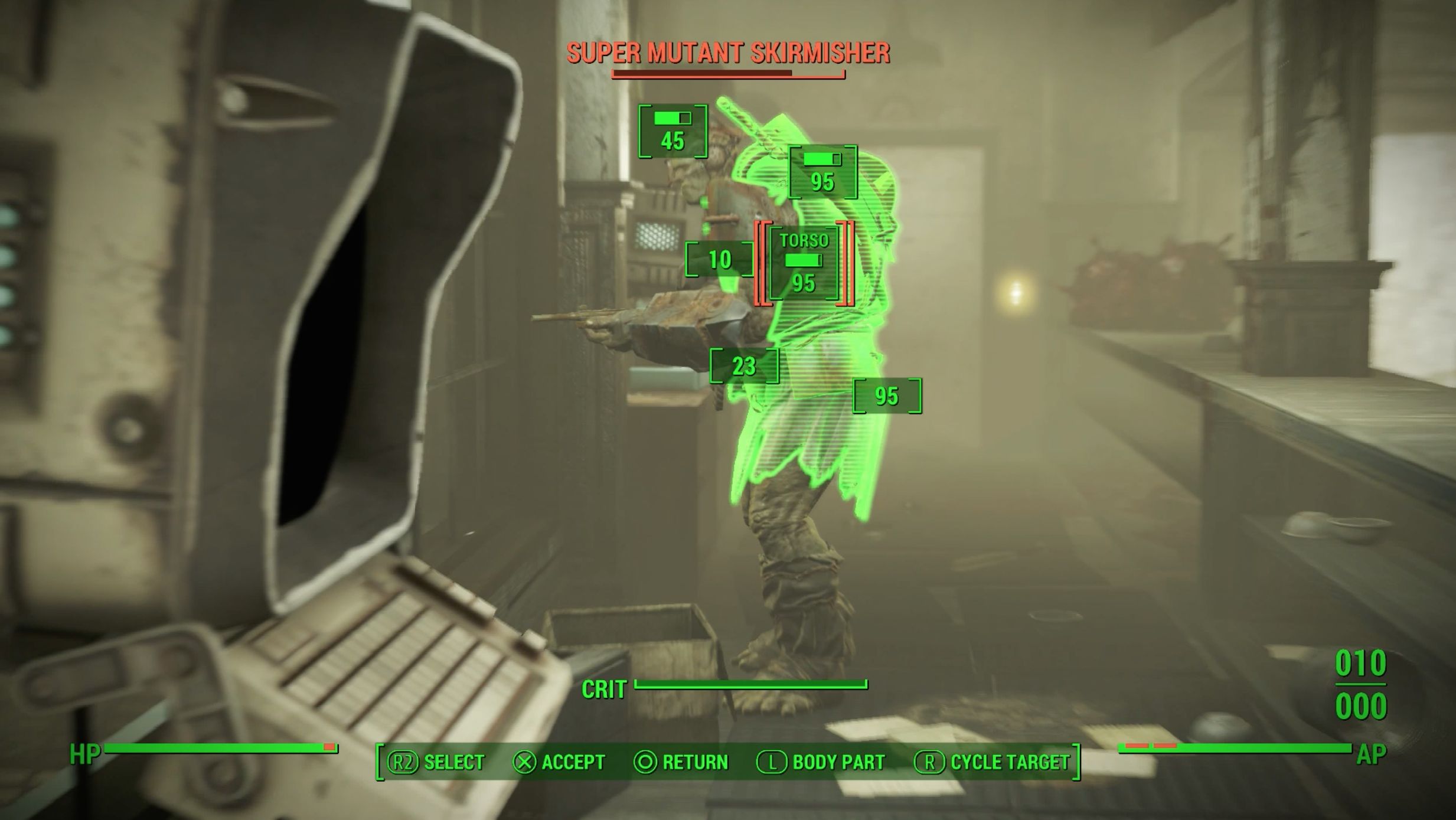

You have to admire a game as wildly out-there as Treasure World. Utilizing the DS hardware in a truly new and innovative way, it provides a fresh concept that, even with a few design missteps, is worthy of any open-minded DS owner’s library. In Treasure World, you are introduced to The Star Sweep and The Wish Finder, two explorers that ask for your help collecting treasures scattered about the world. Simple enough – the catch, though, is that the game’s treasures are actually hidden in real life.
The game utilizes the DS’s built-in Wi-Fi capabilities to identify nearby wireless networks, and every unique Wi-Fi signal you find unlocks a treasure in the game. Since the game searches for signals even if the DS is closed (just be sure to leave it turned on, so it enters sleep mode when you shut it), you’re encouraged to pop the DS in your bag and be on your merry way.
Right off the bat, you should identify whether or not that game mechanic sounds intriguing to you. Yes, technically the game is rewarding you even though you’re not actively playing it. In fact, you can’t search for hotspots when you’re actively playing – that’s when you admire and interact with your loot. So in order to succeed, you’ll need to take your DS different places, but not actually play it. Plus, Treasure World is really all about collecting. There are no monsters to slay, no races to win – not even an Animal Crossing-style village to improve and explore. It’s about hoarding stuff and making music (more on that later). That’s it.
Also, consider whether or not you live in an area that has a significant amount of Wi-Fi chatter; for our playtest, we took the DS with us across downtown San Francisco, one of the most Wi-Fi heavy areas in the US. Within a single day of traveling, we found more than 1,150 unique wireless networks and consequently enough treasures and Stardust (currency with which to buy more treasures) to “finish” the game proper (i.e. see a victory movie) and shoot to the top of the international Treasure World leaderboards. If you’re from, say, Nunam Iqua, Alaska, however, be prepared to have a significantly harder time than we did.
But aside from newly acquired worldwide prestige, what did our multitude of treasures grant us? Well, you might be surprised to hear that the treasures you collect aren’t merely for decoration (though that’s certainly their primary function). In one of the coolest features of Treasure World, each treasure you collect is also associated with a musical instrument or sound effect. Placing these treasures in your game world’s grid allows you to alter their pitch and timing, creating soundscapes that you can record and upload online for the world to see. It’s a rudimentary MIDI sequencer in the style of Mario Paint, but with a practically unlimited instrument set; as aspiring musicians, we at GR were psyched about this and set about making the most elaborate arrangements we could.
Unfortunately, while we could create some neat ditties with a little ingenuity and experimentation, we were ultimately limited by the confines of the game. Two treasures cannot share the same space on the grid, which is only functionally an octave wide. For intricate arrangements, things get inevitably cramped. Worse still, your grid is a fixed size amounting to only about 5 seconds of looped MIDI. It’s a real shame: if it weren’t for these limitations, we’d have been happy to work through the interface in exchange for some groovy tunes to call our own.
Jul 7, 2009



